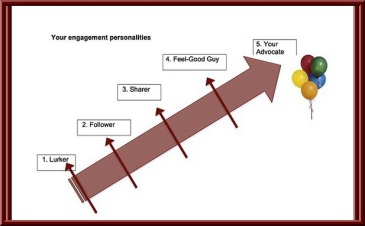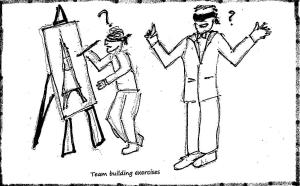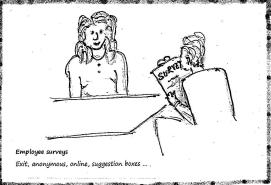Social media revels in Web 2.0 characteristic of real-time synchronicity. Its highly interactive media make social media a playground of engagement.
Well then, as a business enterprise – small, medium or large – your judicious choice of channels to attract new clientele, while conserving your loyalty base, has kept you on your digital toes (pun intended). Your avatars as communication manager, marketing communication specialist, digital content advisor … spend days and nights brainstorming how to get conversions. Are you yourself converting a homely equation? Book Smart + Practice Smart = Best Outtakes?
Are your engagement goals up to par?
Some companies enter the social media arena with nebulous ideas about getting conversions, setting key performance indicators, getting metrics … . Few question their office pundits if they’re going about these mantras the smartest ways. In this blog, let’s explore what do you aim to achieve with the content you prepared whether these are snackable delights for Twitter or a listicle for Facebook or more of a full meal as a blog or an editorial on your website. The common denominator is engagement. Yes, having come so far, did you define what level of engagement you can wrest from the throbbing minds of the cyber multitudes?
Katie Paine in her book Measuring What Matters writes that users consume content on multiple levels of engagement. On an ascendency scale:
- The base level rests with lurking; those who merely like or click through posts and links. Is this all you are measuring? Hmmm, ever wonder why you are getting nowhere in your “metrics” or “strategy”?
- On the 2nd level are those who follow you on your social media accounts and those who comment on posts. How far can your strategy get you if all you see is “Nice picture!” and other inane remarks on your Facebook page, eh?
- Midway are those who retweet or repeat comments – in short, they share your content with others. You deserve better than people sharing your stuff.
- The 4th level gets those who display positive sentiments for your organization. Now things are looking up for you.
- At the highest level are those who champion your causes, your organization and advocate for what you do. Are you aiming for this level of engagement?
Is your content segmented for its specific publics? How did audience specialization figure as part of your strategy? Does your content cut the mustard for the level of engagement you hope for?
Did you query the quality of relationships between your organization and its diverse publics?
Social media caters to relationship building in ways that traditional media cannot match. Relationship building with all stakeholders is the cornerstone of public relations. Public relations is about story telling; the value being in the retelling.
Your narratives should stimulate discussion, be credible, be relevant and generate trust. The level of user engagement that emerges is but a testimony to what you put out, when and how.




You must be logged in to post a comment.